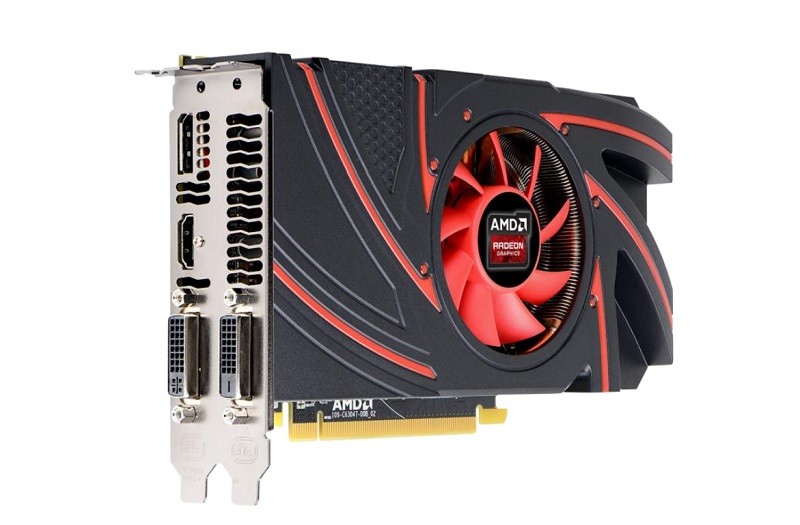AMD has today launched a brand new mid-range GPU, known as the Radeon R7 265, that fits into the company's line-up between the R7 260X and R9 270. Once again, this card is largely based on a HD 7000 series card, specifically the Radeon HD 7850 that launched towards the start of 2012.
Unlike the Radeon R7 260 and R7 260X, which use a 28nm 'Bonaire' die, the R7 265 uses a cut-down 'Curacao' GPU which we've seen used for the R9 270 and R9 270X. Curacao is a GCN 1.0 part, so it will support AMD's Mantle API, CrossFire technology and Eyefinity, however it won't support TrueAudio despite how support is included in both cheaper Bonaire parts.

Specifications-wise we're looking at 1,024 stream processors, 64 TMUs, 32 ROPs, plus a core clock speed of up to 925 MHz (up from 860 MHz in the HD 7850). The card will come with 2 GB of GDDR5 memory on a 256-bit bus, clocked at 1400 MHz (5.6 GHz effective). AMD quotes the card's compute performance at 1.89 TFLOPS, and the card requires a single 6-pin PCIe power port to accommodate its TDP of 150W.
The R7 265 will be available in late February for $149, which will push the price of the R7 260X down to $119. We have received an R7 265 sample card today, and will publish some performance results comparing the card to Nvidia's upcoming GeForce GPUs in the coming weeks.
https://www.techspot.com/news/55645-amd-launches-the-radeon-r7-265-for-149.html